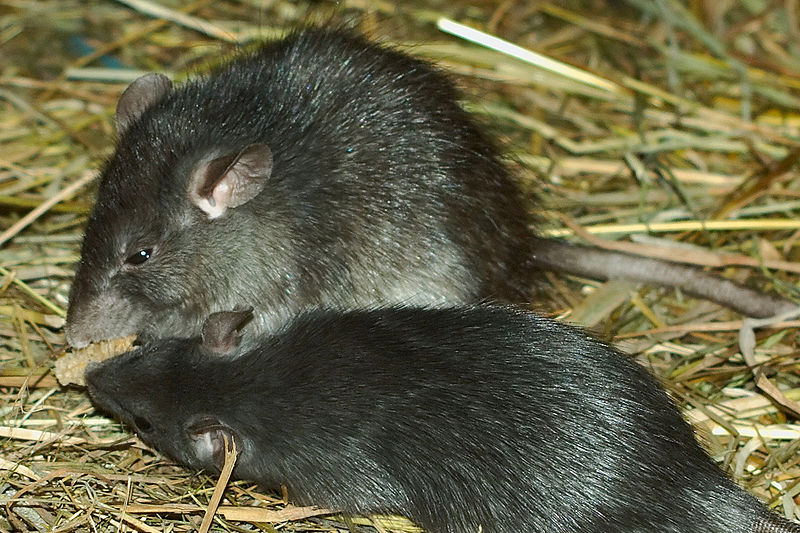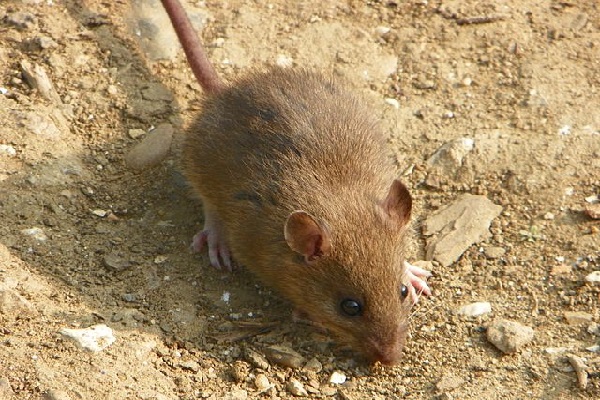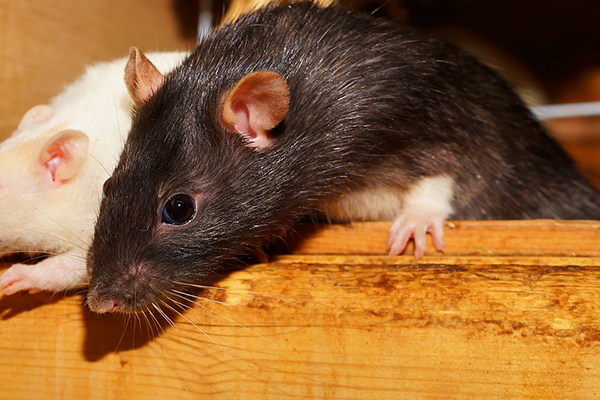
Rodents are a highly adaptable group of mammals that can thrive in various habitats, ranging from urban areas to rural fields. One of the key survival strategies employed by many rodents is the establishment of territories, which allows them to defend resources, including food and shelter, from other members of their species. This phenomenon is known as rodents territory, and it is observed in many species, including house mice and brown rat, and Polynesian rat.
House mice and brown rats are two of the most common rodents found in urban and suburban environments. They are highly successful at exploiting human-made structures and have adapted to live alongside humans. One of the ways in which they do this is by establishing territories within buildings, where they can maintain a stable population and compete with other rodents for resources. Understanding how rodents establish and defend their territories is crucial for developing effective pest control strategies and managing rodent populations in urban areas.

Rodent Territorial Behavior
Rodents, including the brown rat, exhibit complex territorial behavior that has been studied extensively in the field of animal behaviour science. This behavior can differ between species but generally involves marking and defending a specific area against other members of the same species. Territorial behavior in rodents is often associated with reproductive status and access to resources such as food and shelter.
Interestingly, territorial behavior in rodents is not limited to males but can also be observed in females. Female rats, for example, establish territories during the breeding season and will defend their territories against other female rats to gain access to resources and mating opportunities. Understanding the normal behavior and territorial behavior of rodents is important for studying their ecology and behavior, as well as for developing effective pest management strategies.

Marking
Marking is a key behavior in rodents’ territorial behavior that involves leaving scent marks or visual cues to demarcate the boundaries of their territory. Rodents use pheromones, urine, and feces to mark their territories, with male rodents typically marking their territory more frequently and more intensively than females. Marking behavior plays an essential role in communication and social interactions between rodents and helps them maintain their territories. Understanding the mechanisms of marking behavior in rodents is important for studying their social behavior and ecology, as well as developing pest management strategies for rodent infestations.
Defending
Defending behavior in rodents involves protecting their territory from other members of their species. This behavior can include aggression, chasing, rat bites, and physical combat to exclude intruders. The level of aggression and intensity of defending behavior can vary depending on factors such as sex, age, and social status. The defending behavior is essential for rodents’ survival, as it helps them maintain their access to critical resources such as food, water, and shelter. Understanding the factors that drive defending behavior is important for managing rodent populations in urban and rural areas and developing effective pest control strategies.
Expanding
Expanding behavior in rodents involves the colonization of new territories to increase their access to resources and breeding opportunities. This behavior can include exploring new areas, investigating potential food and shelter sources, and establishing new nests. The expanding behavior can lead to conflicts between neighboring rodents, so the territory’s size can expand or contract. Understanding the mechanisms that drive expanding behavior in rodents is important for studying their ecology, behavior, and population dynamics, as well as developing effective pest management strategies for rodent infestations.

How Rodents Define their Space
Rodents, including laboratory rats, Norway rats, and sewer rats, have developed sophisticated mechanisms to define and mark their territories. These mechanisms include the use of pheromones, urine, and feces to mark their boundaries and communicate with other members of their species. Rodents like gerbils, hamsters, voles, lemmings, squirrels, chipmunks, beavers, porcupines, capybaras, guinea pigs, chinchillas, marmots, muskrats, groundhogs, dormice, pikas, kangaroo rats, pocket gophers have specialized glands that produce pheromones, which they use to signal to other rodents about the presence of food, the location of mates, and the boundaries of their territory.
In addition to pheromones, rodents also use urine and feces to mark their territories. For example, Norway rat will urinate and defecate at the entrance to their burrows to deter other rats from entering. Similarly, the sewer rat will deposit feces and urine along their travel paths to mark their territories and communicate with other rats.
Rodents also use their sense of smell to detect the presence of other rodents and mark their territories. The vomeronasal organ, located in the nasal cavity, is responsible for detecting pheromones and other chemicals that rodents use to communicate. Understanding how rodents define and mark their territories is essential for developing effective pest management strategies and studying the ecology and behavior of these mouse models.

Comparing Territorial Behaviors of Different Rodent Species
Animal behavior science has shown that different mammal species have unique territorial behaviors. For example, the roof rat is known to exhibit highly aggressive territorial behavior and will fight to the death to defend its territory. On the other hand, prairie dogs have a more cooperative territorial behavior and will share their burrows with other members of their colony.
Similarly, the house mouse exhibits territorial behavior that is distinct from other rodents. House mice will defend small territories that are close to food and water sources, while avoiding large open spaces where they may be vulnerable to predation. This behavior allows them to maintain a stable population and defend their resources against other mice.
Understanding the differences in territorial behavior between rodent species is important for studying their ecology and behavior, as well as for developing effective pest management strategies. By understanding the unique characteristics of different rodent species, researchers and pest control professionals can develop targeted approaches for controlling rodent populations in various environments.
Need Help With Rodent Infestation On Your Property?
If you are experiencing a rodent infestation on your property, you need the help of AAAC Wildlife Removal Services. Our team of experts is equipped to handle any rodent problem, from trapped rodents to a full-scale infestation.
Rodents not only cause damage to your property, but they can also pose a serious threat to human health. They can carry diseases and parasites that can be transmitted to humans, making it essential to remove them from your property as soon as possible. At AAAC Wildlife Removal Services, we take your safety seriously and will work quickly and efficiently to eradicate the rodents from your property.
Don’t let rodents take over your property and claim it as their own territory. Contact AAAC Wildlife Removal Services today and let us help you take back control of your home or business. Our team of professionals has the experience and expertise necessary to handle any rodent problem, big or small, and will work with you to develop a customized solution that meets your specific needs.
Final Thoughts
In summary, rodent territorial behavior is a normal part of these animals’ lives, and they use a variety of methods to mark and defend their territories. From pheromones to urine and feces, rodents have developed unique ways to communicate with one another and defend their resources. While some rodent species, such as the roof rat, exhibit highly aggressive territorial behavior, others, like prairie dogs, have a more cooperative approach to sharing space.
While it’s important to understand rodent behavior for ecological and pest management reasons, it’s also important to remember that not all rodents are pests. In fact, many people keep laboratory rats as pets, and these animals can make wonderful companions. However, it’s important to handle rats carefully to avoid bites and scratches and to avoid supporting animal experimentation that may be harmful to these animals. Overall, understanding rodent behavior can help us coexist with these fascinating creatures and appreciate their unique contributions to the natural world.







